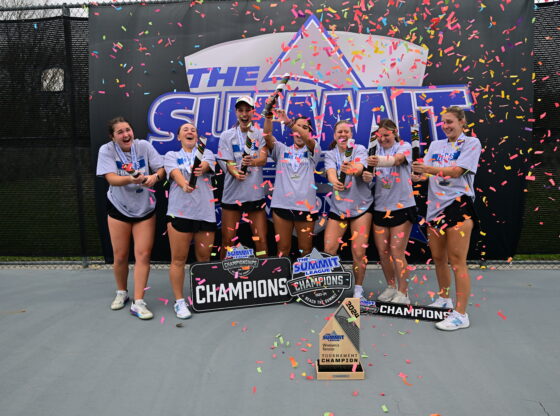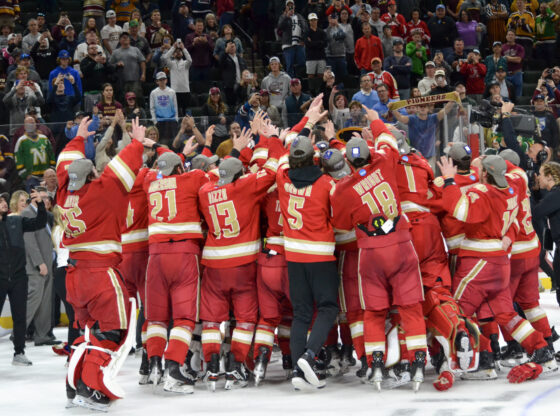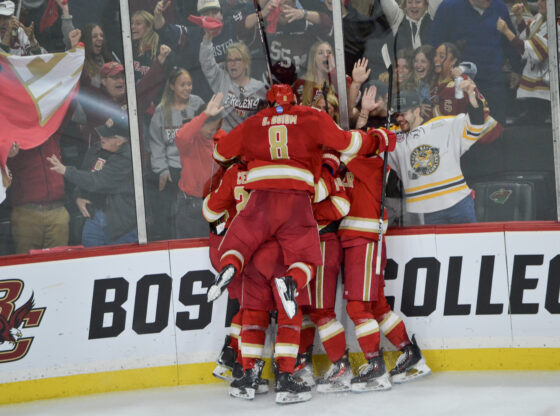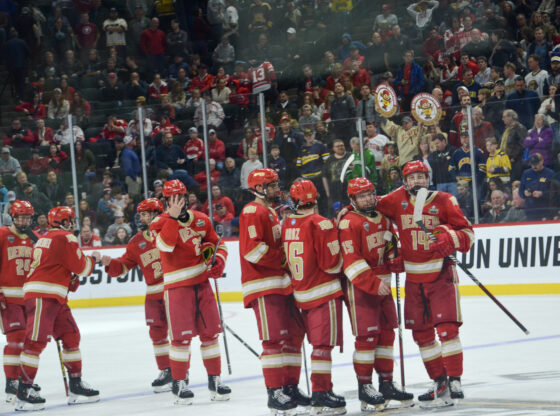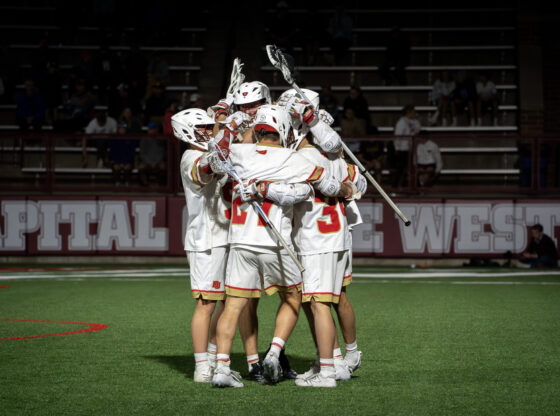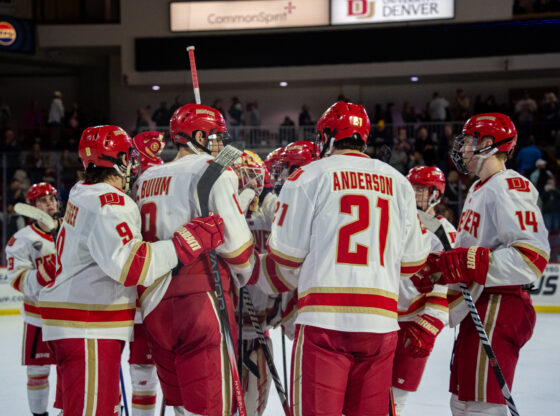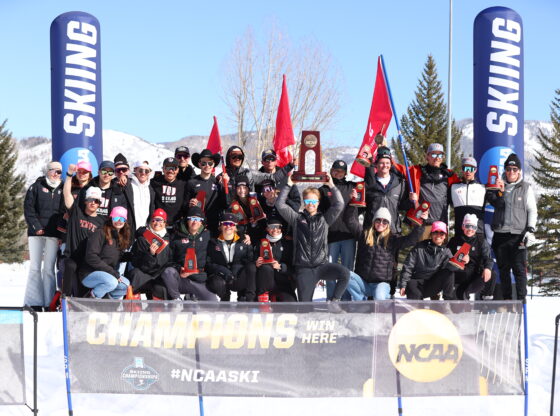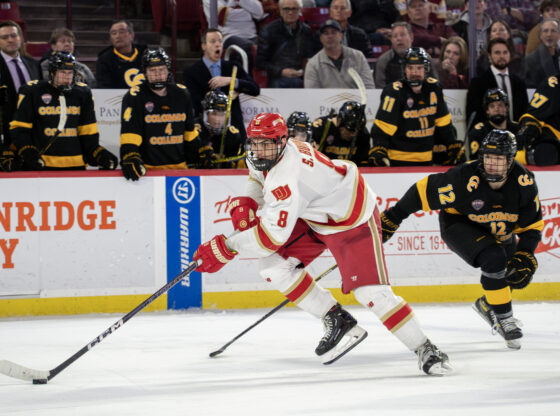On Saturday, Feb. 8, the revamped XFL held its first games after over two years of being in the works. Announcing its return in Jan. 2018, the league originally started in 2001 in what was part of a partnership between the World Wrestling Federation (now known as the WWE) and NBC in an attempt to bring football to homes across America during the NFL off-season. The original XFL also aimed to incorporate entertainment elements into the games, including elaborate crowd reactions, scantily clad cheerleaders and nicknames on the back of the players’ jerseys. Everything about the original XFL was a disaster, and the league folded after just one season due to poor ratings, sloppy play and the conception among the public that it was all just for show, similar to a WWE match, though the competition and outcome of the games were in fact legitimate. 17 years later, WWE CEO Vince McMahon announced his plans to bring back the league after many years discussing the possibility, and the XFL was reborn.
The new XFL has made much effort in hopes of not following the fate of the original, such as recruiting better talent (many players and coaches are already well known from the large Division I football programs that they come from) and teams are now in larger, more affluent media markets than the original league—the current eight teams are based in Dallas, Houston, Los Angeles, Seattle, Washington D.C., New York, St. Louis and Tampa Bay. Television broadcasts of the games now have more well-known commentators and play-by-play announcers than before, including former Carolina Panther Greg Olsen. The XFL also discourages its players from participating in political protests, such as taking a knee and prohibits any player with a criminal record from participating. These are two things that the NFL has been under heavy fire for in the past several years.
So far, the reception has been generally mixed. Games from week one of the season drew in an average of 3.1 million viewers, but by week three, the ratings had dropped to 1.61 million viewers across four games each weekend. Many fans like the change of pace from the National Football League (NFL), including the fact that there are occasional interviews during the game immediately upon the conclusion of the play, as well as the more offbeat, yet fresh, rulebook. For example, teams can elect to go for one, two or three extra points after a touchdown by running a play from the two, five or ten-yard lines, respectively, instead of kicking for just one extra point like in college football and the NFL. If the play is unsuccessful, the opposing team earns however many points the other team was going for. Kickoffs, in general, have received a lot of positive attention for the approach of putting the ball in play at the start of each half and after a touchdown or field goal, creating less potential for injury while also creating more returns. Before some plays, a cameraman joins the huddle so fans at home can follow along with the play and then see its execution. Teams also have fewer timeouts than in the NFL, two per half instead of three, making for a faster-paced game, in addition to other game clock changes that cut down on the total time from kickoff to the final whistle. Fans have also enjoyed the trick plays that don’t often happen in the NFL that are fun to watch, yet don’t compromise the athleticism or legitimacy of competition of play.
Despite a sharp decline in ratings over the course of the season, so far, in-game attendance has steadily increased. All four games in the opening weekend had no less than 17,000 fans each, with 69,818 fans collectively. By week three, that number grew to 81,942. As far as the players themselves, most seem satisfied with the chance to continue playing the sport they love at a high level.
“It definitely had that NFL environment,” Rahim Moore, a safety for the DC Defenders, said of the first game of the season. “I thought [the fans] did a great job of coming out making it electric, a fun place to play.” While the players may be satisfied at getting a chance to play professional football, even if it isn’t the NFL, not every viewer at home was left as impressed.
“I wasn’t super interested in it to begin with, and I don’t think I will keep up with it like I do the NFL now that I’ve seen some of it,” said first-year business major Jack Kruger (Bellevue, Wash.). “The level of play in the NFL is much higher, and I appreciate skillful play and technique in football.”
Though no one is expecting the XFL to ever become as dominant in the American professional sports scene as the NFL, it is too early to tell how successful it will end up being in the long run. If ratings continue to drop and fans lose interest, it could be possible that the XFL will be done for good in just a couple of years. For now, Americans can continue to enjoy more football than ever before.


